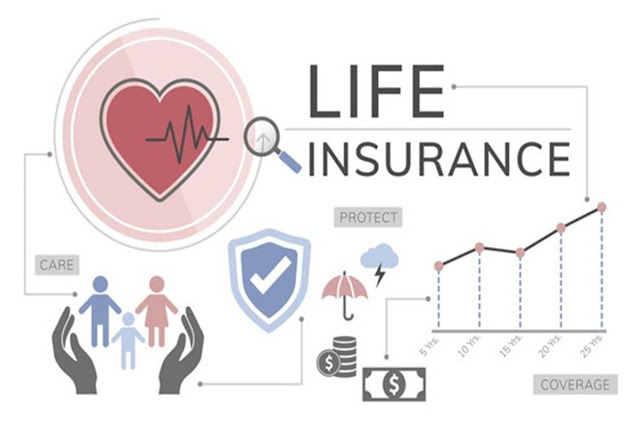Everything You Need To Know About RESP
A Registered Education Savings Plan (RESP) is a
tax-sheltered investment vehicle designed to help families save for a child's
post-secondary education. The government of Canada provides various incentives
to encourage families to invest in RESPs, including the Canada Education
Savings Grant (CESG) and the Canada Learning Bond (CLB).
The Benefits of an RESP
One of the main benefits of an RESP is the government
incentives that are available to families who invest in them. The CESG, for
example, provides a grant of 20% on the first $2,500 of annual contributions,
to a maximum of $500 per year. The CLB, on the other hand, is a grant of up to
$2,000 for low-income families to help them start saving for their child's
education.
Another benefit of an RESP is that the money invested grows
tax-free until it is withdrawn to pay for a child's education. This means that
families can accumulate more savings over time compared to other investment
options that are subject to taxes on investment gains.
Eligibility for an RESP
To open an RESP in Calgary, you must have a valid Social Insurance
Number (SIN) for the child who will be the beneficiary of the plan. The child
must also be a resident of Canada and under the age of 21. There is no income
limit to be eligible to open an RESP, and multiple RESPs can be opened for the
same child.
Types of RESPs
There are two types of RESPs: individual and family. An
individual plan is set up for one child, while a family plan can be set up for
multiple children, such as siblings. With a family plan, all children are
considered beneficiaries, and the money can be used to pay for the education of
any of the children named in the plan.
Another type of RESP is called a group plan, which is
offered by financial institutions and educational institutions. With a group
plan, the beneficiaries are determined by the plan sponsor, and contributions
are pooled with other investors.
Withdrawals from an RESP
When a child is ready to start post-secondary education, the
money in the RESP can be withdrawn to pay for tuition, books, and other
education-related expenses. These withdrawals are called Education AssistancePayments (EAPs).
EAPs are subject to income tax, but since the money in the
RESP has grown tax-free, the beneficiary will likely be in a lower tax bracket
while they are in school and will owe less tax on the withdrawals. Any unused
funds in the RESP can be transferred to another sibling or rolled over into an
RRSP for the parent or primary caregiver.
Conclusion
An RESP is a great way for families to save for a child's
post-secondary education. With government incentives, tax-free growth and
various options for withdrawals, it's an attractive option for many parents. If
you're considering saving for your child's education, be sure to explore the
different types of RESPs available and the incentives that can be used to
maximize your savings.




Comments
Post a Comment